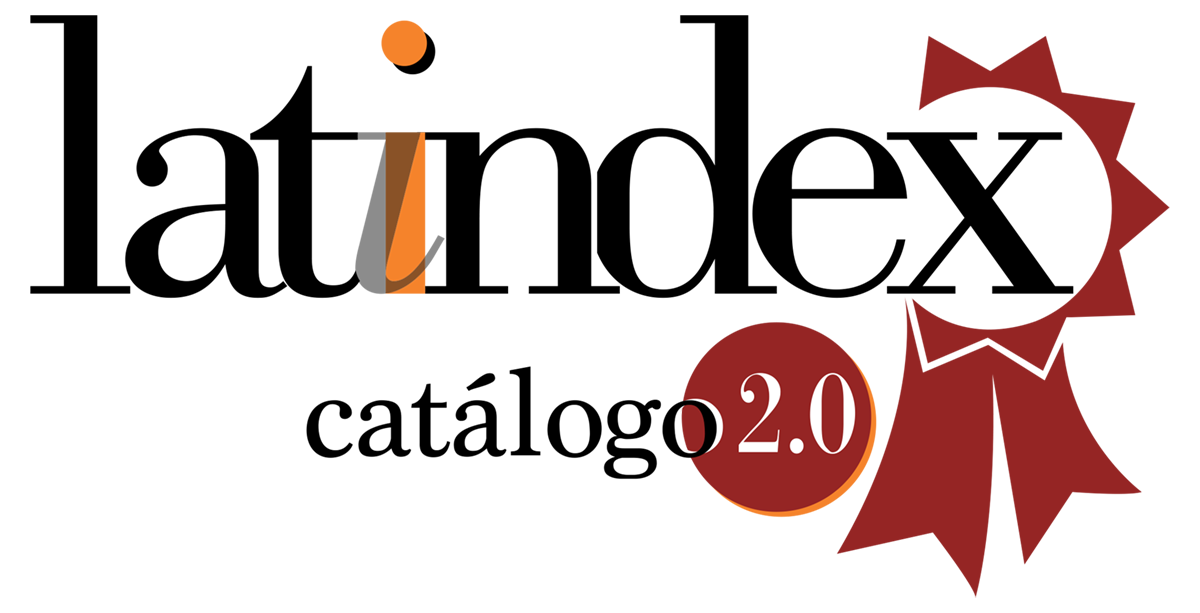Biopolítica, anatomía, y dolor social.
Un análisis estético de Picasso (1937-1945)
Resumen
El presente artículo plantea una reflexión sobre las formas de representar la anatomía humana de Picasso con respecto al desarrollo biopolítico y, sobre todo, tanatopolítico de los fascismos durante los años treinta y cuarenta, en España y Europa, según las propuestas teóricas de Arendt, Foucault o Esposito. Para ello, hemos elegido tres obras: Guernica (1937), Mujer que llora (1937) y El osario (1945), que componen la línea analítica y estética del pintor malagueño en torno a su proceso de deconstrucción de la anatomía humana desde una óptica cubista, pero, desde 1937, con una función claramente reivindicativa, de lucha y denuncia internacional contra el fascismo. Por otra parte, hemos pretendido aproximarnos a estas obras de Picasso desde la plástica de Grünewald, El Bosco, Goya y, mucho más próxima, la pintura del expresionista Otto Dix, es decir, nos hemos detenido en la tradición pictórica que se ha ocupado del cuerpo humano, el dolor y la guerra, con el fin de establecer posibles hilos conductores vinculados a la obra de Picasso. En este sentido, nuestro objetivo general ha sido analizar las relaciones entre el poder totalitario y las formas de entender la representación del cuerpo humano, la anatomía deconstruida, el concepto de monstruosidad, y el sufrimiento colectivo, a través de las diferentes interpretaciones estéticas de Pablo Picasso.

Esta revista se publica en abierto bajo licencia CC BY
Los/as autores/as conservan los derechos de autor y garantizan a la revista el derecho a hacer la primera publicación del trabajo, así como una licencia Creative Commons que permita a otros compartir el trabajo con un reconocimiento de la autoría del trabajo y la publicación inicial en esta revista científica.
Los/as autores/as pueden establecer por separado acuerdos adicionales para la distribución no exclusiva de la versión del trabajo publicado en Cuadernos del Cemyr (por ejemplo, publicarlo en un repositorio institucional o en un libro), con el reconocimiento de su publicación inicial en esta revista.



